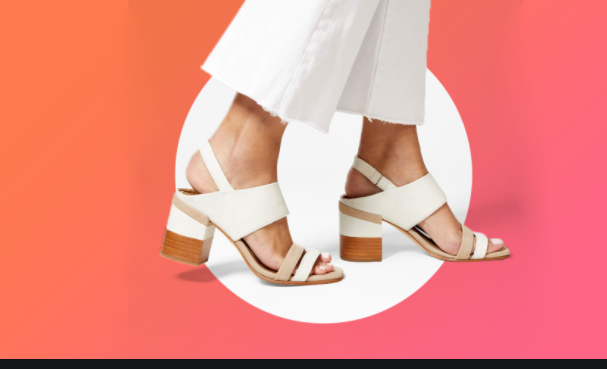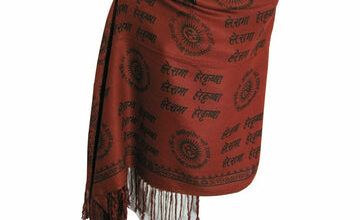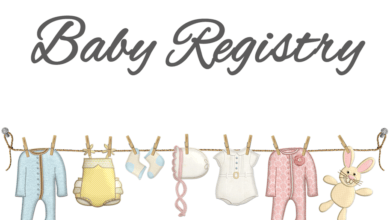
As soon as the warmer weather arrives, our feet regain their freedom. However, without closed-toe shoes, they are more vulnerable to the elements and lack of adequate support, which flip flops and minimalist sandals cannot provide.
Are strappy sandals wrapped around the legs synonymous with unhappy feet? The straps and thong material can irritate the skin between the toes, and rubbing them can cause calluses and blisters on the back of the heels. If you are keen on having the “gladiator” style, choose soft materials, such as soft leather, and make sure you have well-fitting shoes.
Are you walking in precarious balance? The jute soles of the espadrilles look so fresh and summery! By adding a wedge heel, you are wearing a classic summer shoe. But, be careful with the wedge heel because it offers less stability; you could twist your ankle or sprain yourself. Leave the stilts aside and opt for soles that provide good traction.
Preparing your feet for winter
If you’re like many people, your shoe priorities change as the temperature drops. While looking for shoes that will keep your feet dry and warm, you care more about function than form. You want tall combat boots women’s that will allow you to walk upright rather than tiptoe through slush, snow banks, and patches of ice. You twist your ankle and there’s a sprain. Your foot turns in or out and there’s a fracture. The store shelves are full of boots of all kinds; it may take a few tries before you find the right ones for your feet. Ensure good air circulation. You would think air is the last thing in your shoes during cold, snowy and icy winters. Well no!
Waterproof your boots. Prefer boots that keep moisture out while allowing sweat to escape. If the boots aren’t waterproofed already, do it yourself using a spray protectant or beeswax-based product. Ask the shoemaker if you are doing it right.
Frigid air, stiff boots? Some boots, especially rain-resistant boots, limit the range of motion of the calves, ankles and feet, and provide little arch support. Look for tall combat boots women’s that bend and choose a size that allows for the addition of an insole or arch support.
Would you give up security for style? Ultra-chic boots often have high heels or very slippery soles. Many do not have a lining to protect your feet and legs from the cold. Shop around and you will likely find a pair that will suit your fashion sense and also your feet. Look for the grooved rubber soles that give good traction and a low heel or stacked heel that provides good s
Support and protection so they won’t slip or fall.
Choosing a child’s shoes
The phenomenal growth of the feet during childhood remains unmatched for the rest of life. Between the ages of 12 and 30 months, a child’s feet typically increase by one size every 2 to 3 months. Thereafter, growth gradually slows down, and the shoe size increases only one point every 4 months until the age of 4 years, then every 6 months between 4 and 6 years.
Take baby steps. A baby who is not yet walking certainly does not need the support of a shoe. Instead, cover her little feet with socks and slippers. After the baby gets up to try to walk, put on flexible shoes that conform to the shape of the foot.
Time for the first steps? A toddler who has become a fan of walking may feel warm and need shoes that allow their feet to breathe. Boots may seem difficult to put on restless little feet, but the flip side is that babies are less likely to take them off!
Prevent growing pains. Before choosing shoes or having your toddler try them on, have their feet both measured at the store since they grow so quickly.
Give her some room to wiggle her toes. Choose shoes one size larger than the measured size of the foot by about half a point, to allow for growth. Your child should be able to wiggle their toes in their shoes.





